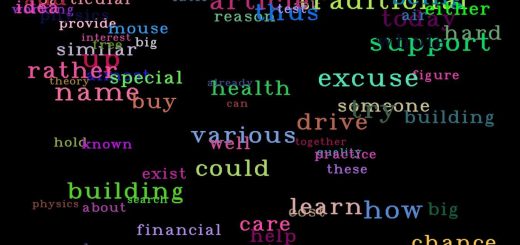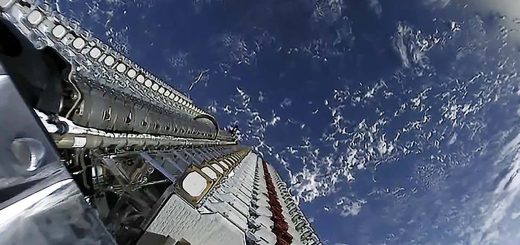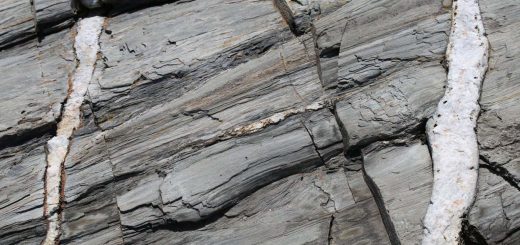Psychedelic drug ibogaine may treat PTSD by slowing brainwaves
In people with traumatic brain injury, administering the psychedelic drug ibogaine seems to slow down brainwaves, which may explain why it helps treat PTSD
By Grace Wade
11 August 2025
The psychedelic drug ibogaine is extracted from iboga roots
FARMER DODDS / Alamy
People with traumatic brain injury often experience post-traumatic stress disorder (PTSD), and the psychedelic drug ibogaine seems to alleviate these symptoms – which it may do by slowing down brainwaves.
Read more
MDMA was hyped as a promising treatment for PTSD – what went wrong?
Last year, a study found that ibogaine – a psychedelic substance derived from the African iboga plant – significantly improved mental and physical health in military veterans with traumatic brain injury. But it wasn’t clear how the drug produced these effects.
So, Jennifer Lissemore at Stanford University in California and her colleagues analysed brain scans of the original study’s 30 participants, all of whom were men from the US with traumatic brain injury, and most of whom also had PTSD. The participants had received ibogaine at a dose of 12 milligrams per kilogram of body weight during a five-day stay at a treatment facility in Mexico. They also saw a therapist before and afterwards to prepare for and discuss their psychedelic treatment, and they had access to activities like yoga, massage and meditation.
Throughout the original study, researchers took electroencephalogram (EEG) recordings – which measure electrical activity in the brain – of the participants. These scans were collected two to three days before ibogaine therapy, 3.5 days afterwards and again one month later.
Comparing those EEG results, Lissemore and her colleagues found that, on average, faster brainwaves decreased in strength after ibogaine therapy, while slower ones did the opposite. For instance, days after taking ibogaine, the strength of gamma waves – the fastest type of brainwave – fell nearly 16 per cent, on average, in brain regions at the back of the head. These waves increased slightly in intensity one month later, but were still significantly lower than before participants had taken ibogaine.


